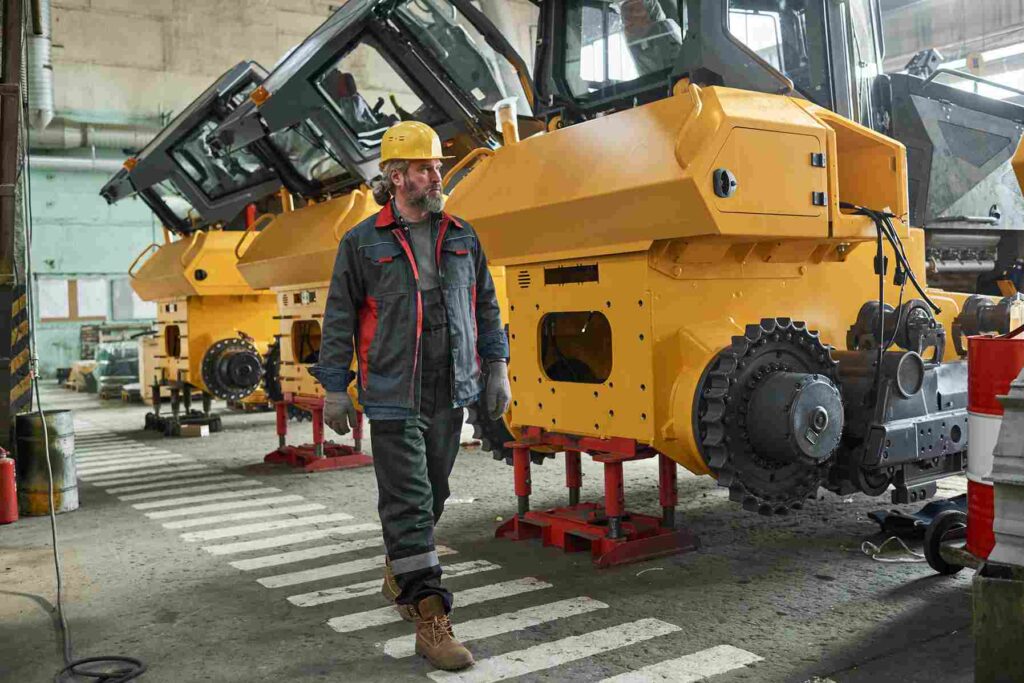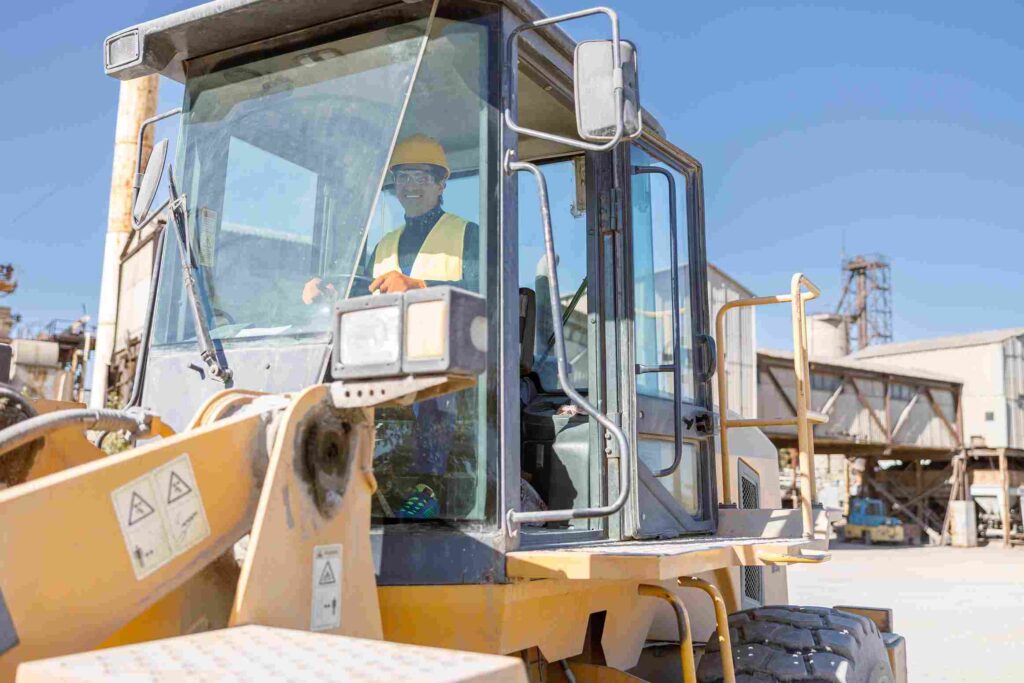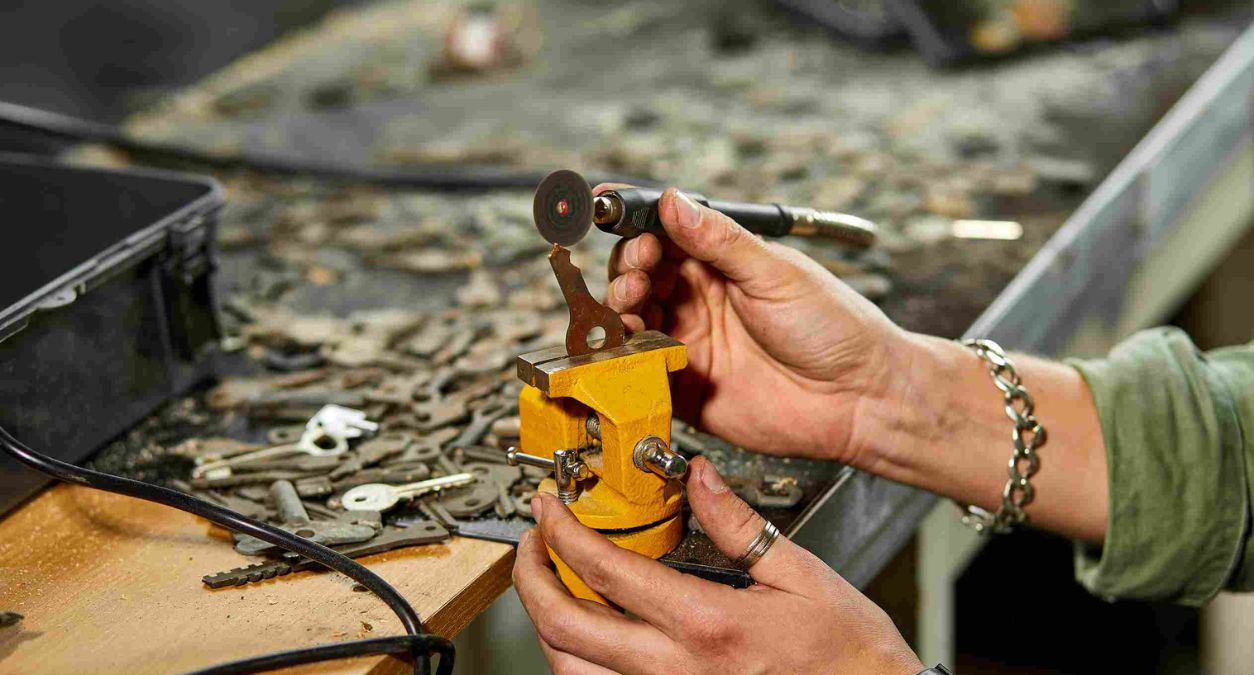Table of contents
Table of contents
Pricing a job correctly is one of the most important things you can do as a tradesperson. Charge too little, and you risk working for nothing or even making a loss. Charge too much, and you might struggle to win business. In a competitive market, many tradespeople feel pressured to lower their prices to secure work, but this can be a costly mistake if it leads to unsustainable profits.
One of the most common pricing pitfalls is forgetting to include time, overheads, or unexpected expenses, which can leave you out of pocket. Another mistake is assuming that the cheapest quote always wins. While some customers will go for the lowest price, many are looking for reliability, quality, and professionalism. If you’re a skilled and trustworthy tradesperson, you’ll always be in demand – but that doesn’t mean you should undersell yourself.
The key to winning work without sacrificing profit is to price jobs fairly and confidently. Customers are willing to pay more when they see the value in your service. A well-structured quote, clear communication, and transparent pricing help build trust and make it easier for customers to choose you over someone who cuts corners.
Let’s walk through everything you need to consider pricing a quote for a job, from understanding costs to presenting a professional quote that wins more work. By getting your pricing right, you can grow a profitable business while maintaining a reputation for quality and fairness.
Understanding your costs

One of the biggest mistakes tradespeople make when quoting a job is underestimating costs, leading to lost profits or even working at a loss. To price effectively, you need a clear breakdown of all expenses—direct costs like materials and labour, indirect costs such as insurance and vehicle expenses, and a buffer for unexpected costs.
A good pricing strategy ensures you cover your costs while staying competitive. Let’s break down costs a little further:
Direct Costs
These are the costs that apply directly to the job, such as:
Materials – Make sure to get accurate estimates, check supplier prices, and factor in any delivery charges. If you can buy in bulk or get trade discounts, this can help keep costs down.
Labour – This includes your own time, as well as any subcontractors or apprentices you hire.
Indirect Costs (Overheads)
These are the ongoing costs of running your business, including:
- Insurance (public liability, van insurance, tool cover)
- Vehicle costs (fuel, maintenance, tax)
- Office expenses (phone, admin, advertising)
- Tax and National Insurance contributions
Contingency Costs
It’s always wise to factor in a little extra for unexpected expenses, such as:
- Wastage or broken materials
- Last-minute material price increases
- Additional work requested by the customer
Calculating labour charges
Your time is valuable, so it’s important to charge fairly for your skills and experience. Failure to do so can lead to low profit margins and unsustainable pricing.
To charge fairly, you need to set a rate that reflects your skills, experience, and the true cost of your labour.
Consider whether to charge hourly or daily, factoring in industry standards, subcontractor costs, and regional differences – for example, rates in London and the South-East are typically higher.
Also, don’t forget to adjust for job complexity, specialist or more challenging work should be priced accordingly. A well-calculated labour rate ensures you’re paid what you’re worth, while remaining competitive.
Including plant and equipment costs
Many jobs require the use of specialist tools or machinery. A common mistake tradespeople make is overlooking the true cost of equipment.
If you own your tools, remember that maintenance, servicing, and eventual replacement all add up over time. For rented equipment, costs go beyond the hire fee and can quickly add up. These are some equipment costs, not to forget:
Owned Equipment
If you regularly use tools like drills, saws, or cement mixers, don’t forget the hidden costs:
- Maintenance and servicing
- Depreciation (eventually, tools need replacing)
Rented Equipment
For bigger jobs requiring plant hire (e.g. diggers, scaffolding, concrete mixers), remember to include:
- Hire fees
- Transport/delivery costs
- Fuel for running the equipment
- VAT charges
Markup vs. Profit margin
It’s common to get confused between markup and profit margin. The key difference is that markup is how much you increase your costs to set a price, while profit margin is what remains after all expenses are covered. Misunderstanding this can result in setting prices too low, reducing earnings, and even working at a loss.
A frequent mistake is assuming that a 20% markup results in a 20% profit margin – it doesn’t. If you markup materials costing £100 by 20%, you charge £120. But your actual profit margin is only 16.7%, because that £20 increase is a percentage of the final price, not the original cost. Over time, miscalculating markup vs. margin can eat into profits and make it harder to scale your business.
Key Differences
- Markup – The percentage added to your cost price to set your selling price.
- Profit Margin – The percentage of the final selling price that is profit after covering costs.
Example Calculation:
| Cost of Materials (£) | Markup (%) | Selling Price (£) | Profit Margin (%) |
| £100 | 20% | £120 | 16.7% |
| £100 | 30% | £130 | 23.1% |
| £100 | 50% | £150 | 33.3% |
If you mistakenly think markup and margin are the same, you could end up charging too little and reducing your actual earnings. For example, if you aim for a 20% profit margin, applying a 20% markup isn’t enough – you need to markup by 25% to achieve that margin.
Quoting with confidence
A clear, professional quote not only reassures customers but also sets the right expectations from the start. Many tradespeople miss out on work or face payment issues because their quotes lack detail or professionalism. A well-structured quote should be transparent, easy to understand, and justify your pricing.
Including key details in your quotes helps build trust and reduces the chances of disputes later. It also makes it easier for customers to compare your offer with competitors without just focusing on price. Where possible, providing options (e.g., economy vs. premium materials) can help customers feel in control of their budget while still choosing quality work.
Using digital quoting tools can streamline the process, ensuring accuracy and professionalism while saving time.
| Section | What to Include | Why It’s Important |
| Breakdown of Costs | List materials, labour, equipment, and any subcontractor fees. | Ensures transparency and helps customers understand your pricing. |
| Terms & Conditions | Payment terms, deposit requirements, and any late payment policies. | Protects you from disputes and ensures customers understand their obligations. |
| Clear Timeline | Start and finish dates, plus any key project milestones. | Helps manage customer expectations and prevents unrealistic demands. |
| Optional Upgrades | Economy vs. premium materials or alternative solutions. | Gives customers flexibility while demonstrating your expertise. |
Dealing with customer quote queries
Rarely will you receive no queries from a quotation for work. One of the biggest challenges in pricing work is handling customer expectations. Some customers may not understand the difference between a low-cost job and a high-quality one, while others might be looking for the best value rather than just the lowest price. Managing these situations professionally can help you win more business without undervaluing your work.
A well-informed customer is more likely to appreciate why your price is fair. Instead of justifying a higher quote defensively, focus on educating them about the benefits they’re getting. Here’s some tips:
Create a quote template
To keep things simple consider creating a quote template that you can add to each time and avoid forgetting all the information. Some online tools offer free building quote templates you can download.
Explain the value of your work
Highlight your experience, qualifications, and track record of reliable, high-quality work. Customers often pay more for expertise and peace of mind.
Ensure a like-for-like comparison
If a competitor’s quote is lower, check whether they’ve included everything – some tradespeople omit key costs (e.g., materials, VAT, or finishing work) to appear cheaper. Pointing this out can help justify your price.
Stand firm on pricing
Avoid dropping your price just to win a job. Lowering your rates can set unrealistic expectations for future work and may force you to cut corners, which could harm your reputation.
Offer options for different budgets
If a customer is price-conscious, provide different solutions (e.g., economy vs. premium materials) while maintaining quality standards. This gives them flexibility without compromising your rates.
Staying competitive without undervaluing yourself

Striking the right balance between competitive pricing and fair pay is crucial. Many tradespeople lower their prices to win work, but this can lead to unsustainable profits and set unrealistic expectations for future jobs. Instead of cutting your rates, focus on adding value and justifying your prices. Here are some smart strategies to stay competitive while protecting your earnings:
Offer small incentives – Discounts for repeat customers or referrals can encourage loyalty without undercutting your rates.
Emphasise quality and expertise – Make sure your quotes highlight your experience, specialist skills, and any certifications that set you apart.
Build a strong reputation – Good reviews, word-of-mouth recommendations, and a portfolio of past work can justify higher pricing.
Be transparent about pricing – Clearly explain what your quote includes to prevent customers from comparing your prices unfairly with lower-quality or incomplete quotes.
By focusing on professionalism, reliability, and the value you provide, you can attract the right customers – ones who appreciate quality over the cheapest price.
Useful Pricing Tools & Resources
To make pricing easier, consider using these resources:
- Online job costing calculators (many trade websites offer free tools)
- Trade organisation pricing guides (e.g., FMB, NICEIC, Gas Safe)
- Apps for quotes & invoices (e.g., Tradify, QuickBooks, Xero)
Using digital tools makes you look professional and can speed up payments.
Tips to win business

- Be upfront with customers about potential extra costs. If they know in advance, they’re less likely to argue if the final price is slightly higher.
- Provide a rough timeline for completing the work. Customers prefer tradesmen who can commit to a schedule.
- A well-priced job covers your costs while remaining competitive. Check what other tradespeople in your area charge to make sure you’re not pricing yourself out of the market.
- Offer customers an optional upgrade on materials (e.g., standard vs. premium). This gives them choice and can increase your profits.
- Encourage happy customers to leave reviews on Google, Facebook, or Checkatrade. Word-of-mouth recommendations help you charge a fair rate.
Getting your pricing right is essential for making a profit and running a successful trade business. By understanding your costs, setting fair rates, and presenting a professional quote, you can win more jobs without selling yourself short.
Get Tradesman Insurance from Protectivity
We’ve discussed how a successful pricing plan can keep you in control of maximising your profits – but what about things beyond control? That’s where insurance can step in to protect you from financial setbacks when things go wrong.
At Protectivity, we provide affordable tradesman insurance to cover specific incidents commonly faced by trades. Our policies include Public Liability up to £5 million as standard; you then have the option to add Contractor Works cover, Plant and Tools cover, financial loss and employee tools (only if you’ve included the other benefits). That way, when unforeseen circumstances occur, you can ensure you’re protected from unexpected costs.
Whether you’re a carpenter, electrician, painter, builder, handyman or another trade -take two minutes today to take a closer look at our trades policies.
Get Tradesman Insurance from Protectivity
*Disclaimer – This blog has been created as general information and should not be taken as advice. Make sure you have the correct level of insurance for your requirements and always review policy documentation. Information is factually accurate at the time of publishing but may have become out of date.
Last updated by



























